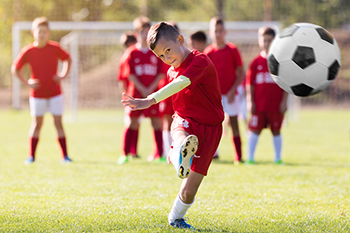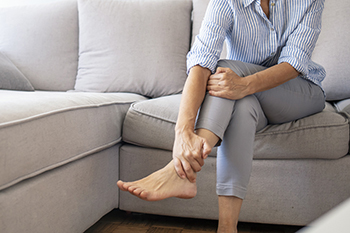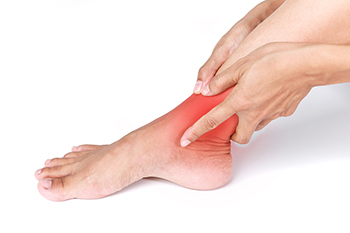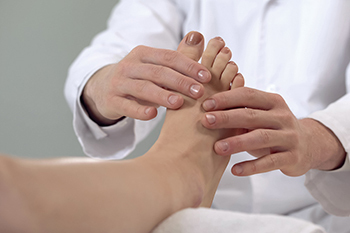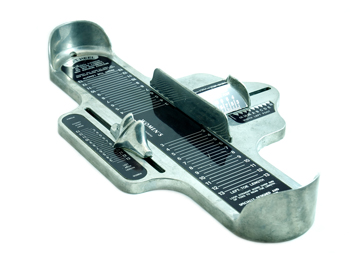
Going shoe shopping can certainly be daunting. When one walks into a shoe store, the seemingly endless rows of boxed shoes can be intimidating even to experienced shoe shoppers. Obtaining shoes that fit the feet properly is of paramount importance, and it might be useful to make this your priority when shopping. To ensure a good fit, a shopper might bring a pair of socks to wear while trying on the shoes that they would normally wear. If an individual shops for shoes without wearing a pair of socks, it is possible that the shoes might feel tighter when worn with socks. Another thing to keep in mind is that although shopping for shoes online can be convenient, you can not try shoes on in the store when doing so. Therefore, it might be more difficult to obtain shoes that fit properly. Contact a podiatrist today to learn more about finding shoes that fit properly.
It is important to find shoes that fit you properly in order to avoid a variety of different foot problems. For more information about treatment, contact one of our podiatrists from Illinois . Our doctors will treat your foot and ankle needs.
Proper Shoe Fitting
Shoes have many different functions. They cushion our body weight, protect our feet, and allow us to safely play sports. You should always make sure that the shoes you wear fit you properly in order to avoid injuries and deformities such as: bunions, corns, calluses, hammertoes, plantar fasciitis, stress fractures, and more. It is important to note that although a certain pair of shoes might be a great fit for someone else, that doesn’t mean they will be a great fit for you. This is why you should always try on shoes before buying them to make sure they are worth the investment. Typically, shoes need to be replaced ever six months to one year of regular use.
Tips for Proper Shoe Fitting
- Select a shoe that is shaped like your foot
- Don’t buy shoes that fit too tight, expecting them to stretch to fit
- Make sure there is enough space (3/8” to ½”) for your longest toe at the end of each shoe when you are standing up
- Walk in the shoes to make sure they fit and feel right
- Don’t select shoes by the size marked inside the shoe, but by how the shoe fits your foot
The shoes you buy should always feel as good as they look. Shoes that fit properly will last longer, feel better, and improve your way of life each day.
If you have any questions, please feel free to contact our offices located in Wheeling and Berwyn, IL . We offer the newest diagnostic and treatment technologies for all your foot care needs.
